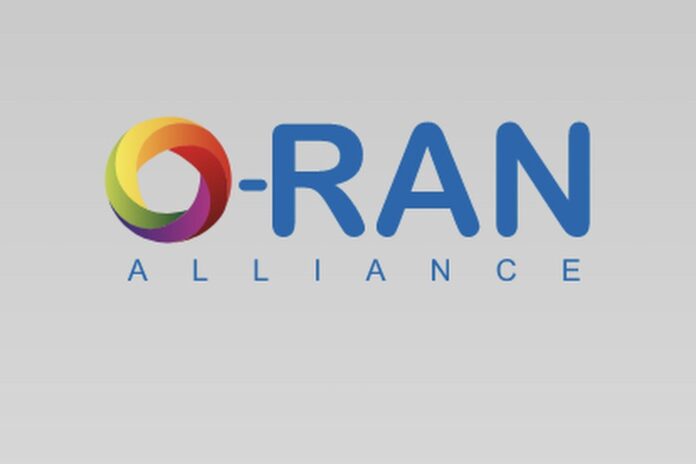Moving at speed of thought no longer enough
Orange France has built an experimental network in Lannion that tests how artificial intelligence (AI) and machine learning (ML) can minimise the scale of its massive gamble on open systems. This automated thought processing could be the deciding factor in whether Orange fulfils its commitment to Open RAN systems, according to RCR Wireless.
Orange has set up a cloud infrastructure that can flexibly host very different cloud native network functions, according to Orange Principal Engineer for Data and AI Olivier Simon. “If you put the right automation framework in place and you manage your network well, then to some extent you have created a lot of flexibility in your network. You can use this flexibility to deliver quicker, create new offers and improve your time to market,” said Simon.
There is something fundamentally more important at stake, according to Simon. You can also use this flexibility to swap out components of a multi-vendor Open RAN much faster. It is the speed of adaption that will be the deal breaker for Open RANs. Without the aid of AI and ML most telco networks will progress at glacial speed and that will never be enough to keep pace with the hyperscalers.
When you swap one vendor for another, there is a whole world of complexity that needs to be written into the constitution, said Simon. “There is the roadmap, the capabilities, the features, the performance. All of this needs to be assessed.” Just because the network has become cloud-native and the physical infrastructure management has become simplified, it’s not a plug and play process, Simon said. Those who attend online meetings expecting details of daily module swapping are blinding themselves to the Elephant in the Zoom.
“We have elephants to manage. Even virtual elephants to slay, to some extent,” said Simon.
There is a mountain of data to be assimilated and thought about and acted upon and network engineers are not humanly capable of processing this much information. This, said RCR Wireless’s Sean Kinney, is why Simon is focused not just on Open RAN’s networking cohesion but on the network data that needs to be harmonised in an open AI/ML framework. This is what will underpin any network automation initiatives as it encompasses the radio network as well as other network domains.
“Open RAN creates new capabilities in terms of AI/ML,” said Simon, “The real challenge is to create an AI-ML framework that is multi-domain that you can use for Open RAN. We talk about slices and we talk about energy consumption. All of this requires that you have data coming from each and every domain.” It’s both a technical challenge and a test of how each company processes the transformation of its own organisation.


